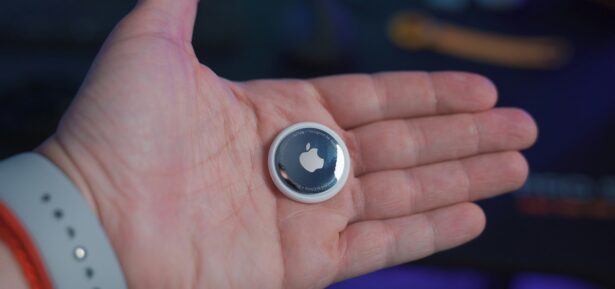Visual impairment is one of the largest and most treatable global health issues facing the international community. According to the World Health Organization, 285 million people worldwide have some level of visual impairment, and approximately 39 million of them are blind. Not surprisingly, fully 90 percent of these people live in developing countries, where treatments such as corrective lenses and cataract surgery are available to only the fortunate few who can afford to travel in search of a cure.
An International Solution
Thanks to Dr. David Paton, an eminent eye surgeon from the Baylor College School of Medicine in Texas, these statistics soon may be a thing of the past. Since the 1970’s, when Dr. Paton first learned of the appalling lack of services available in poverty-stricken Third World countries, he has made it his mission to help visually impaired men, women and children regain their sight. In cooperation with the World Health Organization and other international health partners, he founded ORBIS, an organization dedicated to improving vision care in developing countries through outreach, education, fellowships and hands-on care.
Aided by ORBIS’ dedicated staff, the World Health Organization and the charity Sight Savers International, in 1982 he launched the world’s first mobile teaching eye hospital, a donated United Airlines DC-8 jet equipped with the staff and supplies needed to make corrective lenses, perform surgery and treat infections of the eye. Since then Dr. Paton and his affiliates have flown to over 75 countries and helped thousands of the world’s poor regain their sight.
Expanding Partnerships Worldwide
In 1998 ORBIS launched their first year-round program in Ethiopia, followed quickly by offices in Bangladesh, China, India and Vietnam. Run by local staff, these satellite offices worked with local officials to develop and implement projects that improve access to eye care services, focusing mostly on the treatment and prevention of childhood blindness, cataracts and corneal disease.
Still, these efforts were not enough. Long term follow-up and educational programs were needed to ensure that visually impaired citizens in poverty-stricken urban and rural locations had better access to care. ORBIS responded to this need in 2003 with CyberSight, a telemedicine program that provides electronic consultations with partners in developing countries, a library of educational materials and continuing education credit for ophthalmologists around the world.
One Girl’s Story
One of ORBIS’ most famous patients to date is Julissa, a ten-year old girl from El Salvador who lost the vision in her left eye after her cornea was irreparably damaged in a fall. Unable to pay to search international donor banks for a new cornea to replace her damaged one, Julissa’s family and Julissa were resigned to the fact that she would never see normally again. However, in 2012, all that changed, when Dr. Mark Mannis performed a cornea transplant on the child on board Orbis’ mobile hospital plane. One year later, Julissa sees well and is expected to have normal vision for the rest of her life.
Continued Success Worldwide
Fortunately, Julissa’s story is not unusual. In 2013, ORBIS is slated to visit at least eight locations, including El Salvador, China, Ethiopia, Vietnam, the Philippines and more. Their new mobile hospital, a larger and more efficient MD-10 jet donated by FedEx, is staffed by doctors, nurses and anesthesiologists from all over the world and has the capacity to visit more locations than ever before. Moreover, the new plane is equipped with innovative broadcasting and online technology, ensuring that more eye care professionals have access to training via ORBIS’ telemedicine program than ever before.
-
Presight, an Abu Dhabi-based artificial intelligence firm, has finalized the acquisition of a 51% stake in AIQ, a prominent...
-
The city of Dubai is reeling from the aftermath of historic torrential rains that inundated the desert metropolis, leading...
-
Plans for Neom’s ambitious “The Line,” a zero-carbon city in Saudi Arabia, have been revised, scaling back its initial...
-
In a significant escalation of the ongoing dispute over misinformation, Brazil Supreme Court Justice Alexandre de Moraes has initiated...
-
Mumbai Takes the Throne for the Most Billionaires in Asia In a historic milestone, Mumbai has overtaken Beijing to...
-
French President Emmanuel Macron emphasized the need for Western powers to remain vigilant in the face of the Ukraine...
-
The Philippines has strongly denounced what it described as “unprovoked acts of coercion and dangerous maneuvers” by China in...
-
As Moscow Prepares to Bid Adieu, Navalny’s Funeral Raises Uncertainties and International Allegations The spokesperson for Alexei Navalny has...
-
On the two-year anniversary of the ongoing conflict between Ukraine and Russia, there is much to reflect upon. Since...
-
The Office for National Statistics (ONS) released official figures on Wednesday, revealing that the United Kingdom posted a record...
-
Neuralink Makes a Major Breakthrough with Patient A patient who has received a Neuralink brain implant can now control...
-
Greece has become the first Christian Orthodox-majority country to legalize same-sex marriage, marking a significant step forward for LGBTQ+...



















